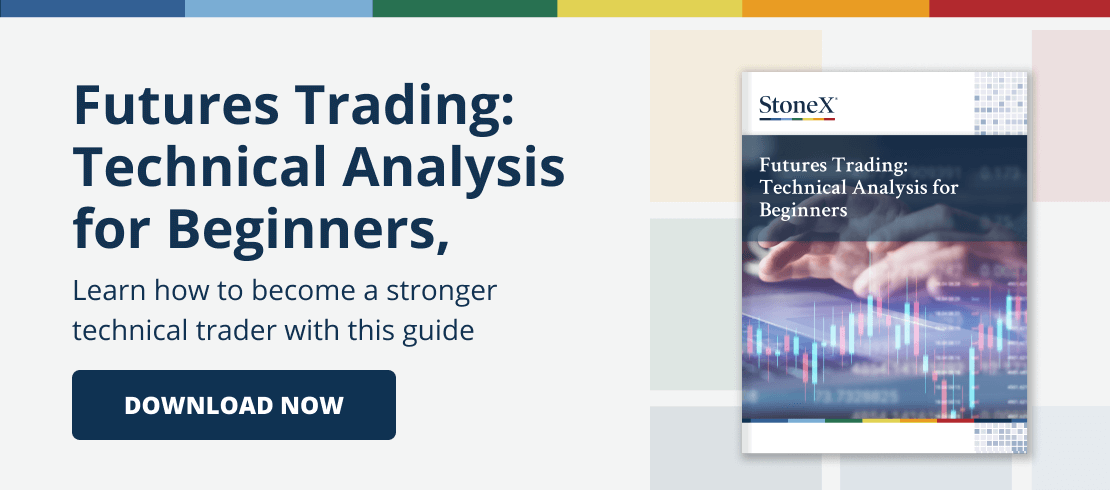Open Interest
Open Interest shows the number of open contracts of a given option or futures contract. An open contract can be a long or short contract that has not been exercised, closed out, or allowed to expire. Open Interest is only available if your rate data contains an OI field with current Open Interest values.
Interpretation
It is important to remember that a futures contract always involves a buyer and a seller, who are represented by one unit of open interest. When the buyer initiates the long position and a seller a short one, a new contract is created and open interest increases. When the buyer sells a long position and the seller covers a short position, open interest decreases as existing contracts are liquidated.
When used on its own, open interest shows only the liquidity of a contract or market. On the other hand, analysts prefer combining the open interest study with volume in order to obtain more precise clues to the flow of money in and out of the market. When both open interest and volume increase in values, the current trend is verified. Decreasing values of open interest and volume may indicate an end to the current trend.
Open Interest is not currently applicable for Intraday charts and will never be applicable for Tick charts, due to the nature of the data.
Literature
Le Beau C., Lucas D. W. Computer Analysis of the Futures Market. 1992.
Murphy, John J. The Visual Investor. New York, NY: John Wiley & Sons, Inc. 1996.
Kaufman, Perry J. The Commodity Trading Systems & Methods. NY: John Wiley & Sons, Inc. 1978.
Murphy, John J. Technical Analysis of the Futures Markets. New York Institute of Finance. Englewood Cliffs, NJ. 1986.
View Other Technical Analysis Studies
- Bollinger Bands
- Commodity Channel Index
- Crack Spread
- Crush Spread
- Default
- Directional Movement Index
- Envelope
- Exponential Moving Average
- Exponential Oscillator
- High Low Moving Average
- Highest High / Lowest Low
- Historic Volatility
- Keltner Channel
- Least Squares Linear Regression
- Line Oscillator
- Momentum
- Moving Average
- Moving Average Convergence Divergence
- Moving Standard Deviation
- Open Interest
- Oscillator
- Parabolic Stop and Reversal
- Rate of Change
- Relative Strength Index
- Smoothed Moving Average
- Smoothed Oscillator
- Stochastic
- Variable Moving Average
- Volume
- Volume and Open Interest
- Weighted Close
- What is the Slow Stochastic Oscillator?
- Williams’ %R

